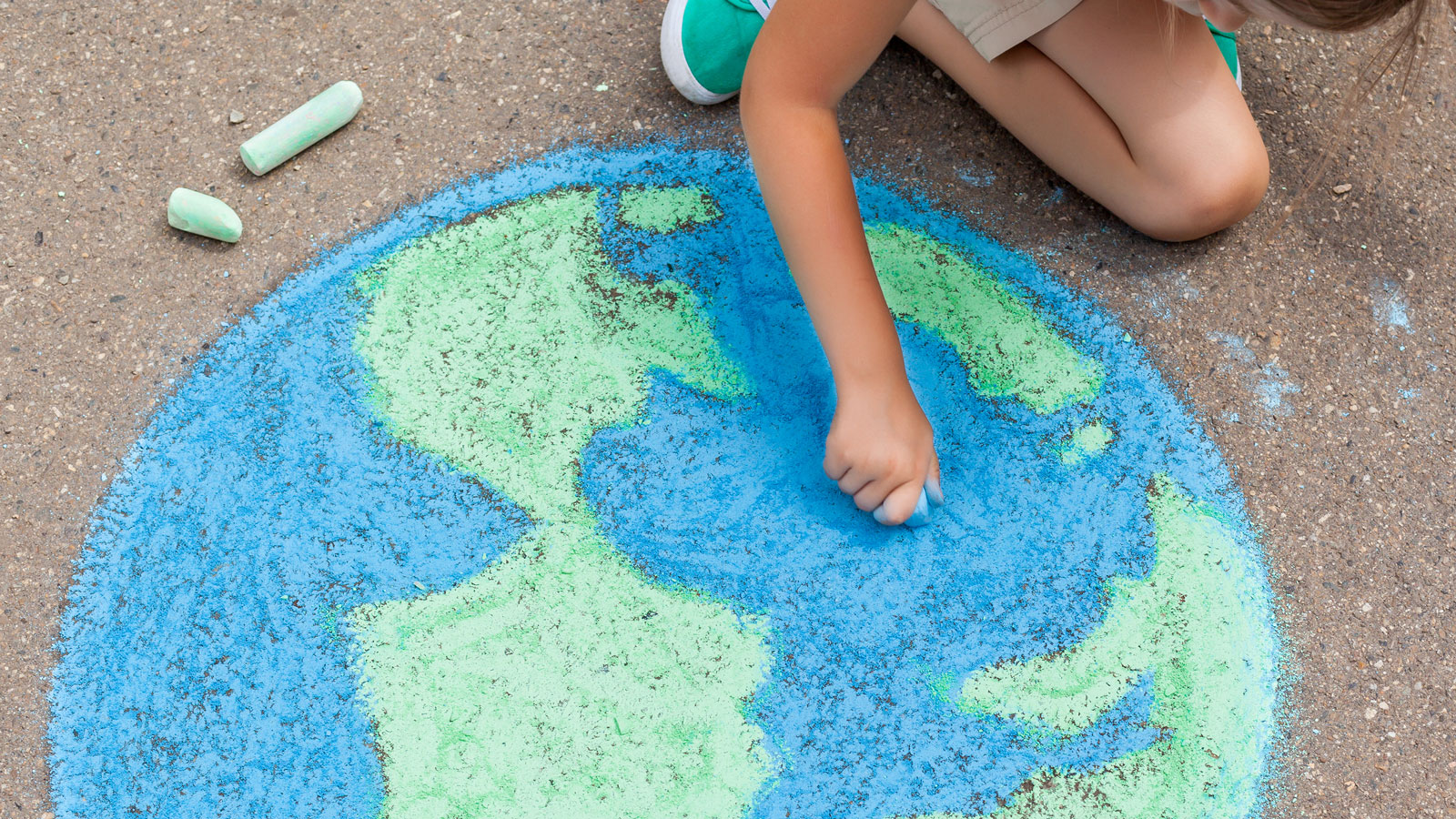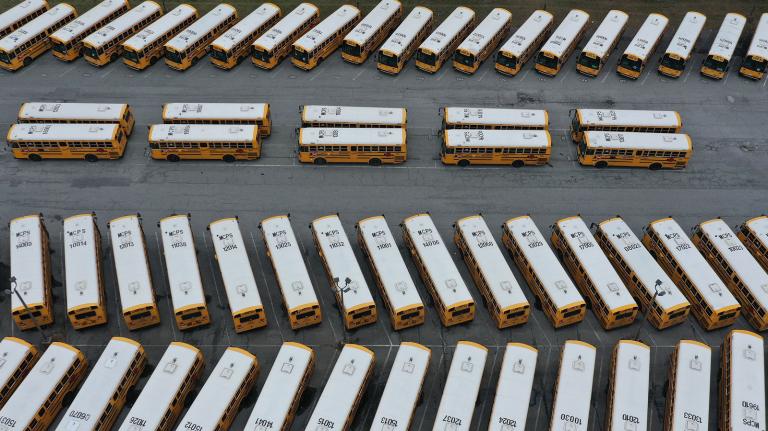Kimi Waite is a civics environmental education fellow with the North American Association for Environmental Education, and is an early career fellow with the UCLA Center for Diverse Leadership in Science in the Institute of the Environment and Sustainability. She is a PhD candidate in sustainability education at Prescott College.
In April, the Los Angeles Unified School District unveiled the nation’s largest school-based air quality monitoring network, with sensors at 200 locations throughout the city. “This initiative is a perfect example of how we can integrate climate literacy into our curriculum,” said school board member Scott M. Schmerelson, who sponsored a climate literacy resolution that the board unanimously approved, making the district the first in the country to commit to a comprehensive overhaul of curricula.
California launched a statewide initiative to expand environmental and climate change literacy in 2019, while New Jersey has incorporated climate education across the curriculum in all grades and in all subjects. Such bold steps are, however, exceptions to the rule that, if climate change is taught at all in public schools, it’s taught separately from other subjects.
According to a recent report by the North American Association for Environmental Education, only 17 percent of 802 state and local education policies mention climate change and only 8 percent were considered to be moderately “inclusive” of climate education. This means that in the states that do offer climate curricula, the material is typically taught as a course separate from social studies, math, language arts, and even science. The survey also found no mention of climate justice in education policies.
In order for students to understand the deeply inequitable impacts of pollution and climate change and feel equipped to do something about it, climate education must be integrated into many subjects across the grade levels as early as kindergarten. It especially needs to be incorporated into the social sciences, where kids are taught to be civic actors.
It’s not enough to simply learn the science behind climate change without understanding the human impacts or the political and cultural implications. Students need to apply what they learn to local issues. One way to do that is Youth Participatory Action Research, an innovative, multidisciplinary approach that turns students of all ages into researchers in their own communities. They find something they want to know more about, research it, and prepare a public presentation. As the final step, they take action based on their findings.
For example, a student in third, fourth, or fifth grade can research water quality in their neighborhood by taking samples from their local watershed. During their research, they may discover local sources of pollution and contamination, and learn how this affects residents. As the final step, they might host a forum, design an idea for a water and sewage treatment plan for the city, or contact local officials.
Middle school students and high school students are also prepared to take action on climate. In an English class or art class, students might interview people in the neighborhood and create their own climate-fiction graphic novels or storytelling videos. A science class might learn a formula for calculating how the oceans will rise. A history or geography class could learn about cities around the world that are submerged.
“Research” may sound advanced, but all one needs is curiosity, resources, and guidance. When I taught kindergarten in South Los Angeles, I created a participatory curriculum suitable for five- and six-year-olds. My students, who were predominantly Black and brown, frequently made observations about air and water pollution, heat, and inequitable access to green space in their neighborhoods. They wanted to know why there were no trees on the playground, and why the park was so far away. Learning that stems from students’ own questions is most powerful.
Tapping into their natural curiosity and passion for fairness and equity, I facilitated and guided my students in projects that hit on every subject area. They researched answers to their questions about green space and transportation using Google maps and a state database called CalEnviroScreen. We also used paper maps and picture books to learn about air pollution and the urban heat island effect in the nearby community. We made color-coded graphs, which fulfilled a kindergarten math standard. To practice writing, my students recorded findings in scientist notebooks and compared the pollution levels in their neighborhoods to other communities in our county.
When we view youth, especially historically marginalized youth, as experts who have knowledge and expertise in their own communities, their education can be personally transformative.
Curriculum change not only requires leadership by school boards and administrators, it requires funding and infrastructure for teacher training and professional development. As great as it is that Los Angeles has committed itself to climate literacy and is making its air quality monitoring system a learning opportunity, there have been complications. The United Teachers Los Angeles union recently filed an unfair labor practice complaint against the district for adding extra instructional days to the school year. Many teacher unions support climate activism and simply want to be adequately trained and fairly compensated.
If states, nonprofits, and legislators expect school districts and teachers to implement something new, they must be willing to work with teacher unions to improve working conditions and bring them into policy efforts.
As students head back to school, they may have heard about the summer’s extreme heatwaves in Europe, raging fires in California, and catastrophic flooding in Kentucky. When addressing climate change with young people, we need to emphasize the truth of the crisis, but also draw on their hope, imaginations, ideas for solutions, and community knowledge and expertise. Teaching climate across subject areas provides more possibilities and opportunities to do this in age-appropriate ways.
It’s not enough for today’s students to learn about climate change in isolation and only as a “hard science.” Our path for the future must include an interdisciplinary approach that will allow for multiple ways of knowing, believing, and thinking, in which students can be informed about larger systemic issues like environmental racism and be equipped with tools to take action.
It’s time to teach the truth about how climate change and pollution have historically impacted primarily Black, Indigenous, and people of color, and equip students to work toward mitigation and adaptation efforts. If we want to truly revolutionize education and create a new path forward, adults and policymakers must be willing to work together, compromise, and collaborate. We can learn a lot from our students.
The views expressed here reflect those of the author.
Fix is committed to publishing a diversity of voices, and we want to hear from you. Got a bold idea, fresh perspective, or insightful news analysis? Send a draft, along with a note about who you are, to opinions@grist.org.



